Bugs fly around my head and in front of my phone, disrupting its auto-focus function. To get a sharp picture, I need to wave my hand to chase them away, then quickly take a shot before they return. With Harry den Hartog, I’m walking the Pingwang Line (平王线), a 45-minute drive out of Shaoxing. It’s a rare opportunity for me to — for once — not be the one planning these routes, but be following instead, and learning from Harry. He’s doing research for the Dutch universities of Groningen and Delft — on how to make rural areas more liveable. And that answer partly lies in walking.
The Pingwang Line isn’t a single thing. It’s the car road, a creek (王化溪), and a walking path into one — as well as everything on both sides of those. Villages, bamboo forests, reservoirs, streams, tiny plots of farmland, tea terraces, temples, and ancient trees, they’re all part of the line that goes from Pingshui (平水) to Wangtan (王坛). We start in Xiazhu (下祝), a village so small that most people in Shaoxing have never heard of it — much like all the other villages on the route.
Harry talks about the benefits of walking for urban planning. Lots of area developers nowadays work remotely, only visiting areas in Google Maps. But through walking you see much more — even more than on a bicycle, and you have real contact with the locals. “And,” says Harry: “When you walk, you also have a different kind of conversation.”
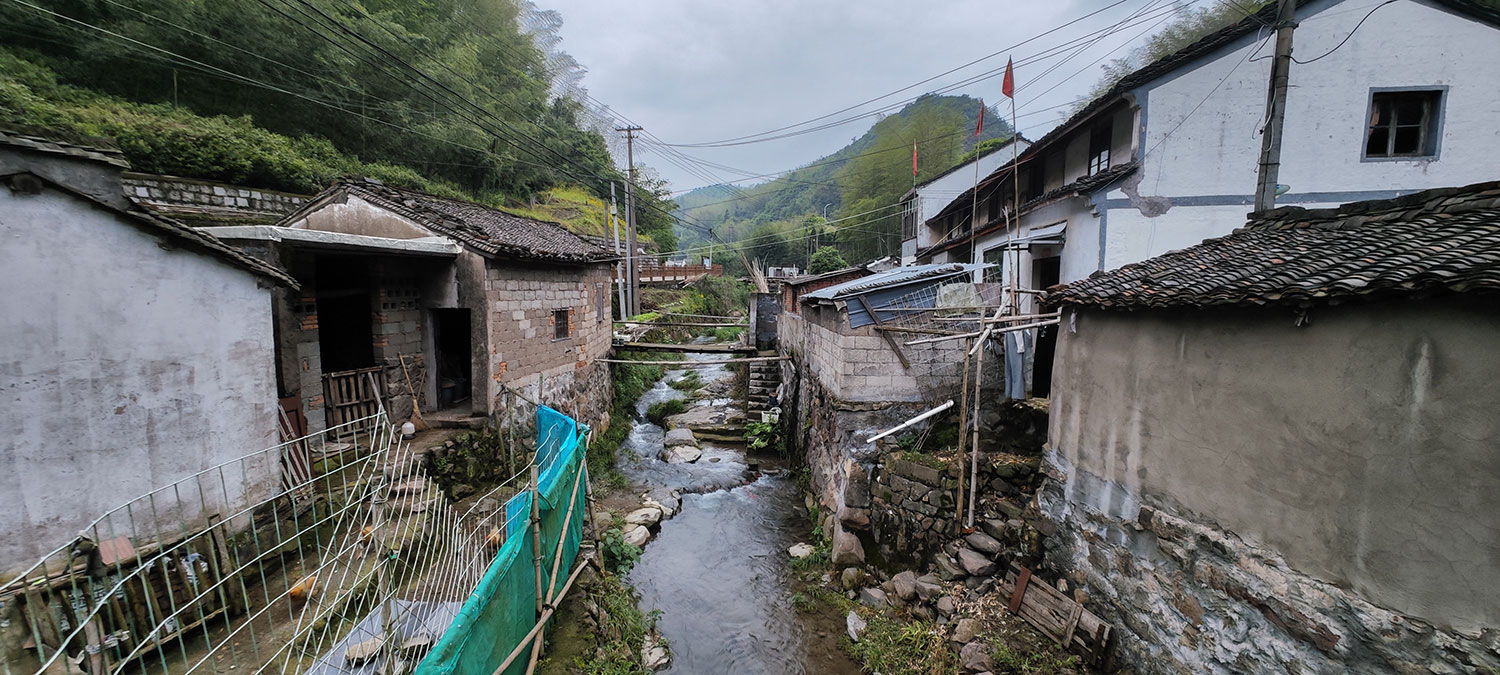
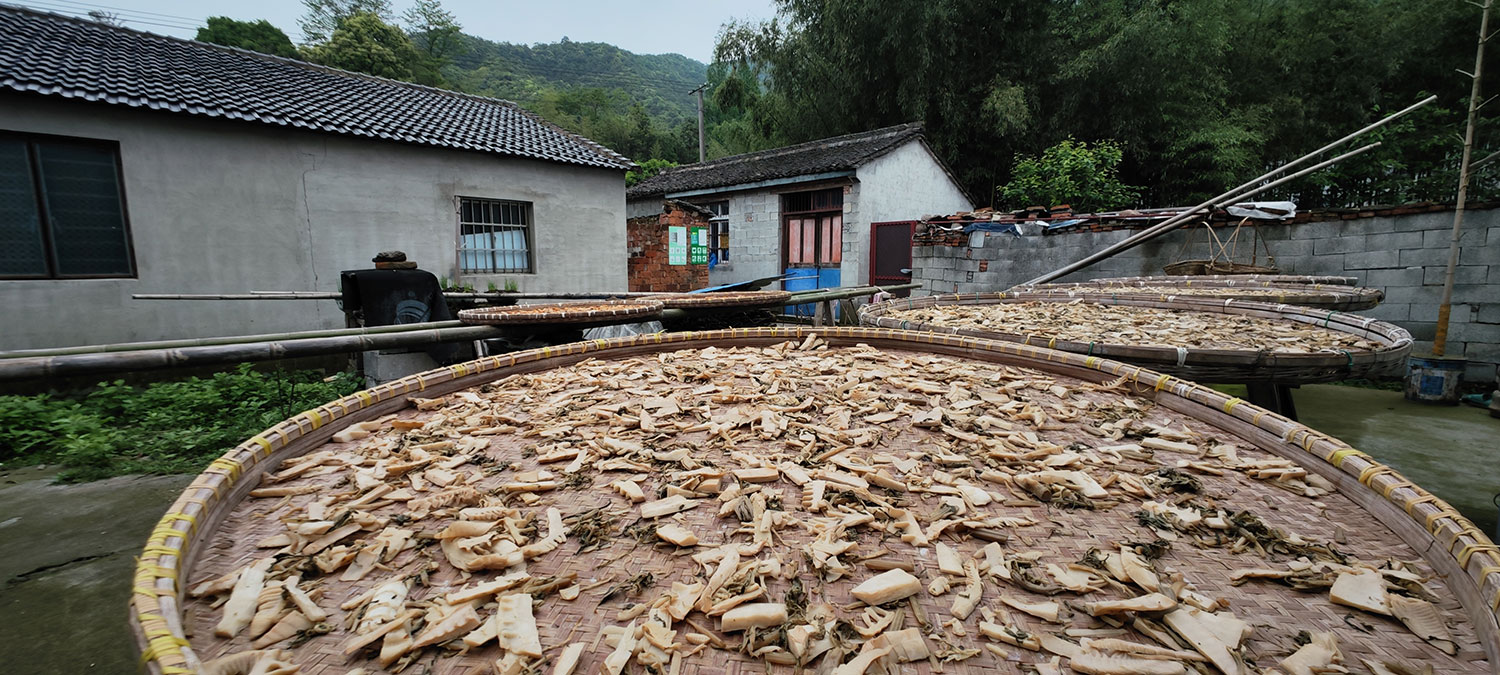

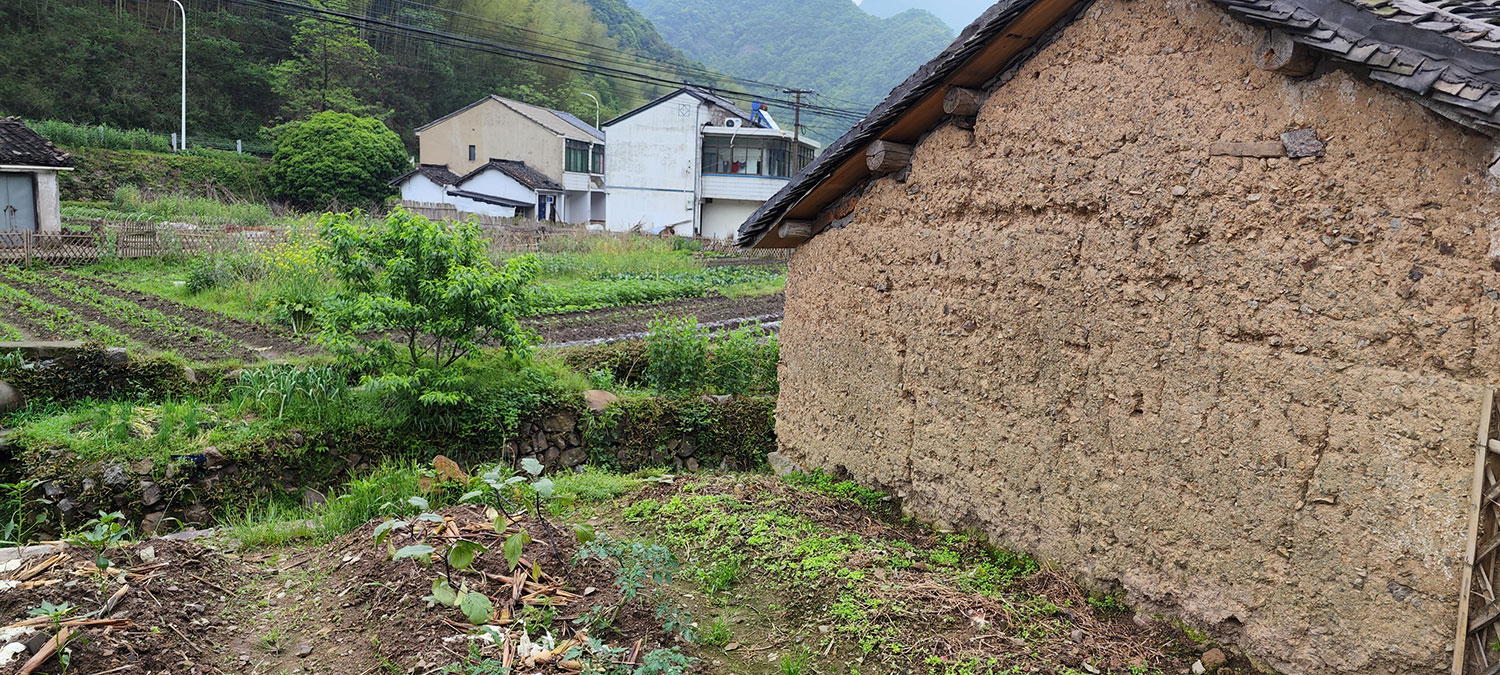


Harry’s research takes place in the Yangtze Delta (长三角), mostly in Zhejiang, because the province has built or restored over 1200 kilometers of walking roads. And yes. Even though it’s ‘just’ a path we’re walking here, it has been made accessible for visitors with some guidance boards, toilets, trash cans, and direction signs along the road — as well as warning signs, lest we accidentally fall into the creek. Further on the road, we see more neatly renovated villages, created around the image of an ancient tea culture, waiting for the wave of tourists to come. There are also places for rafting and camping in the area.
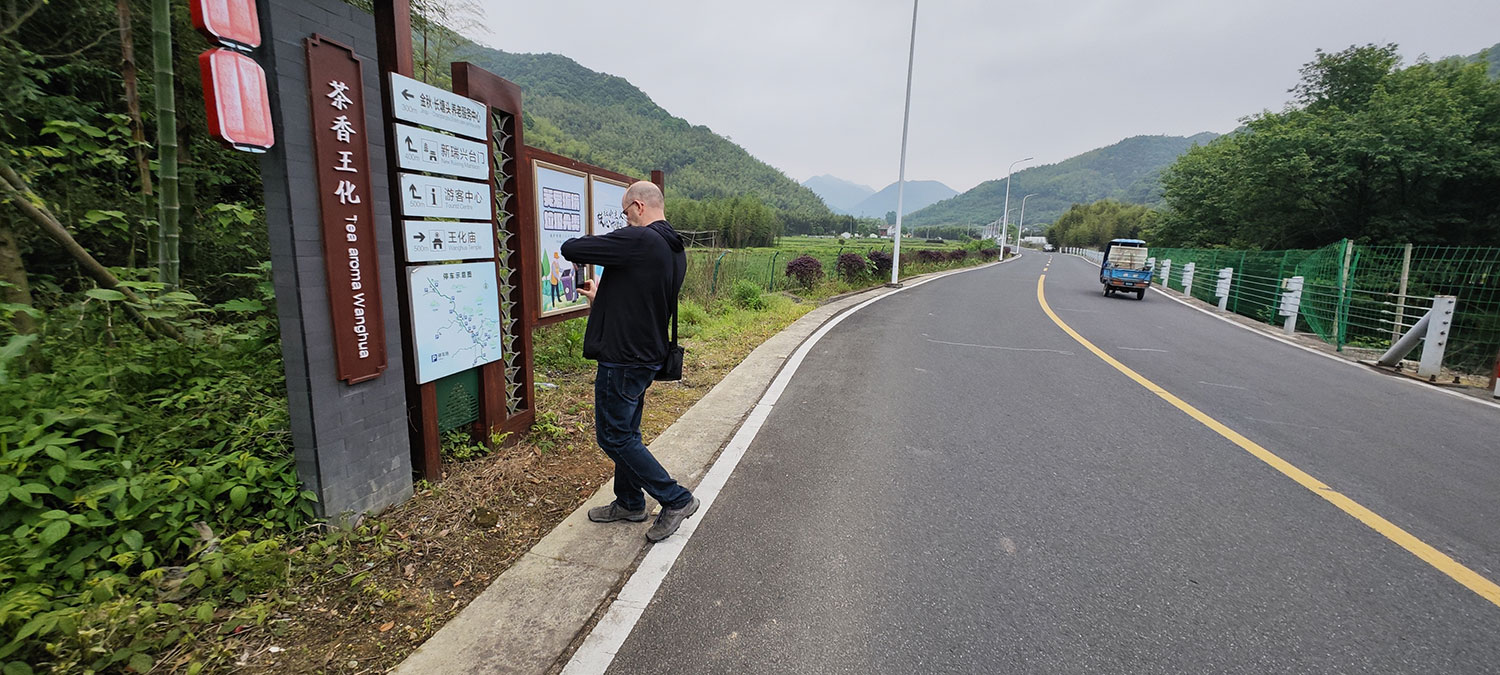
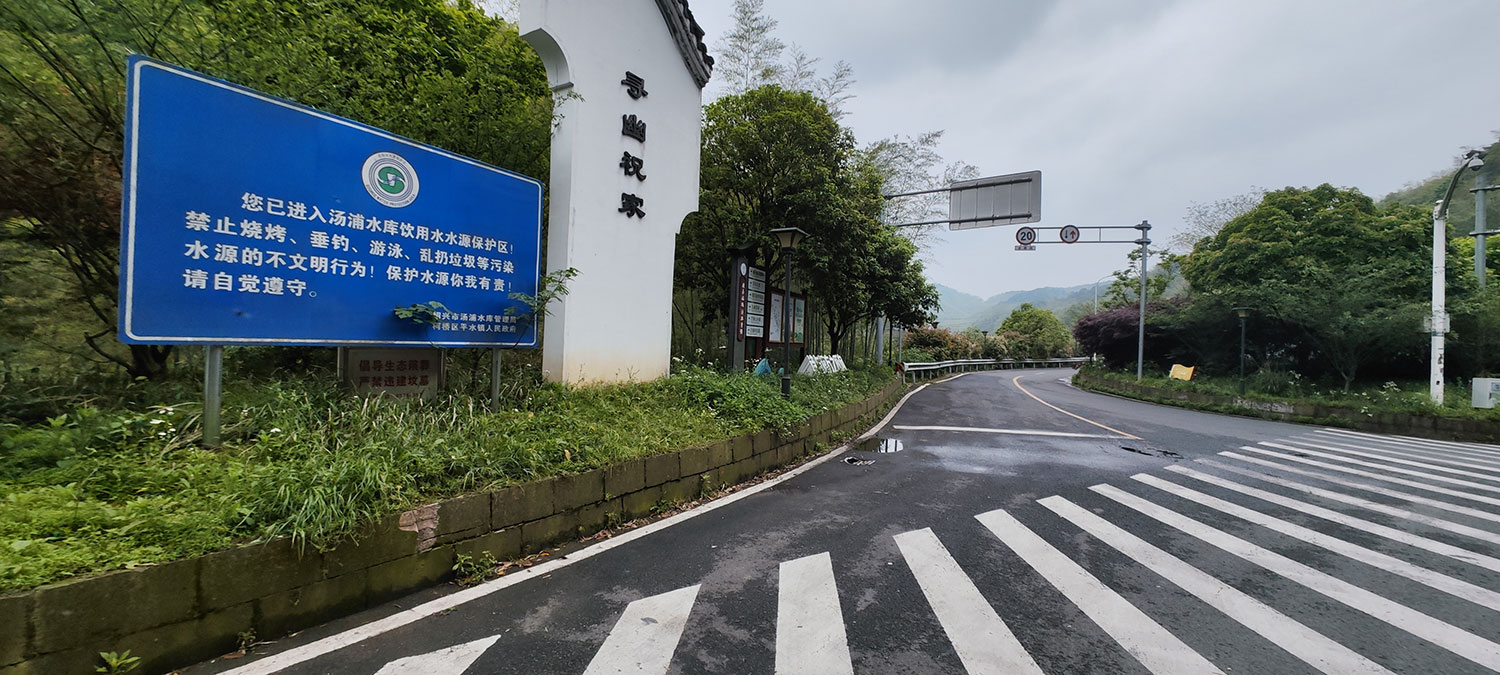

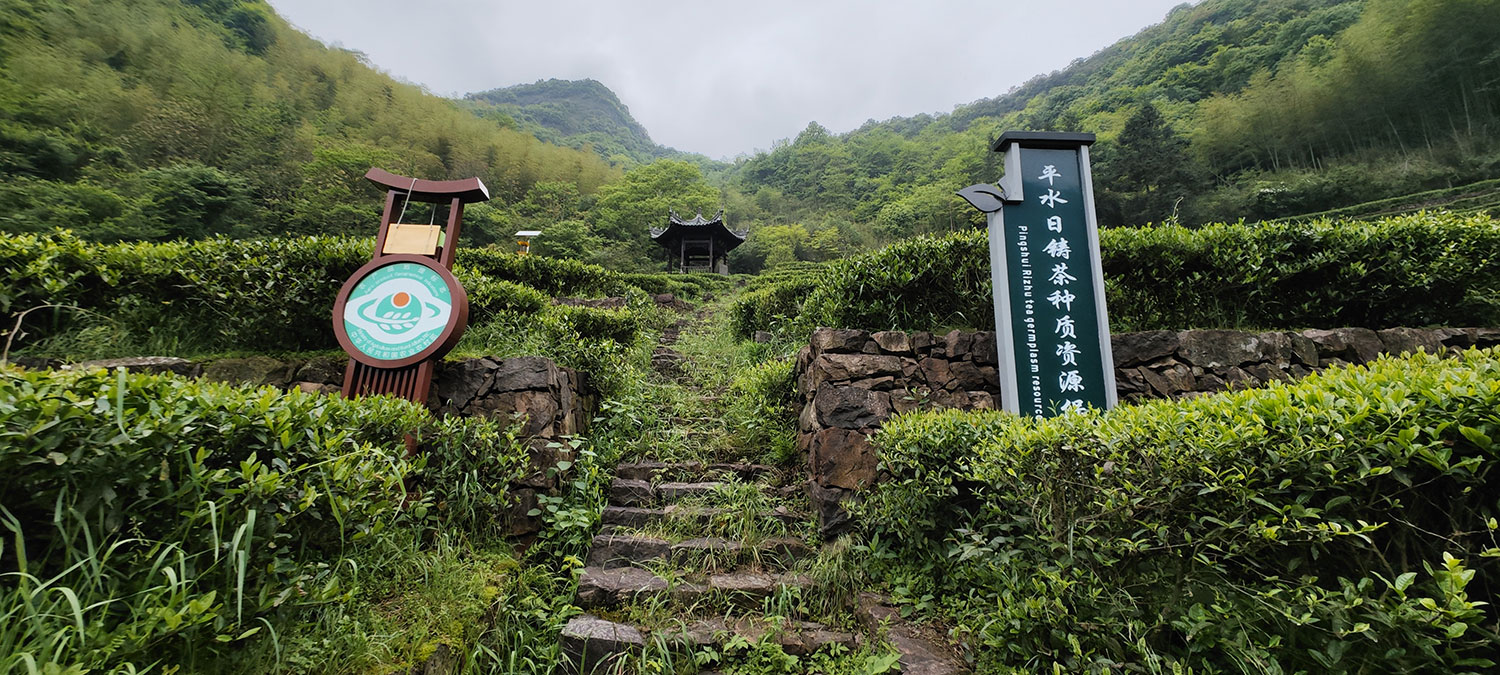


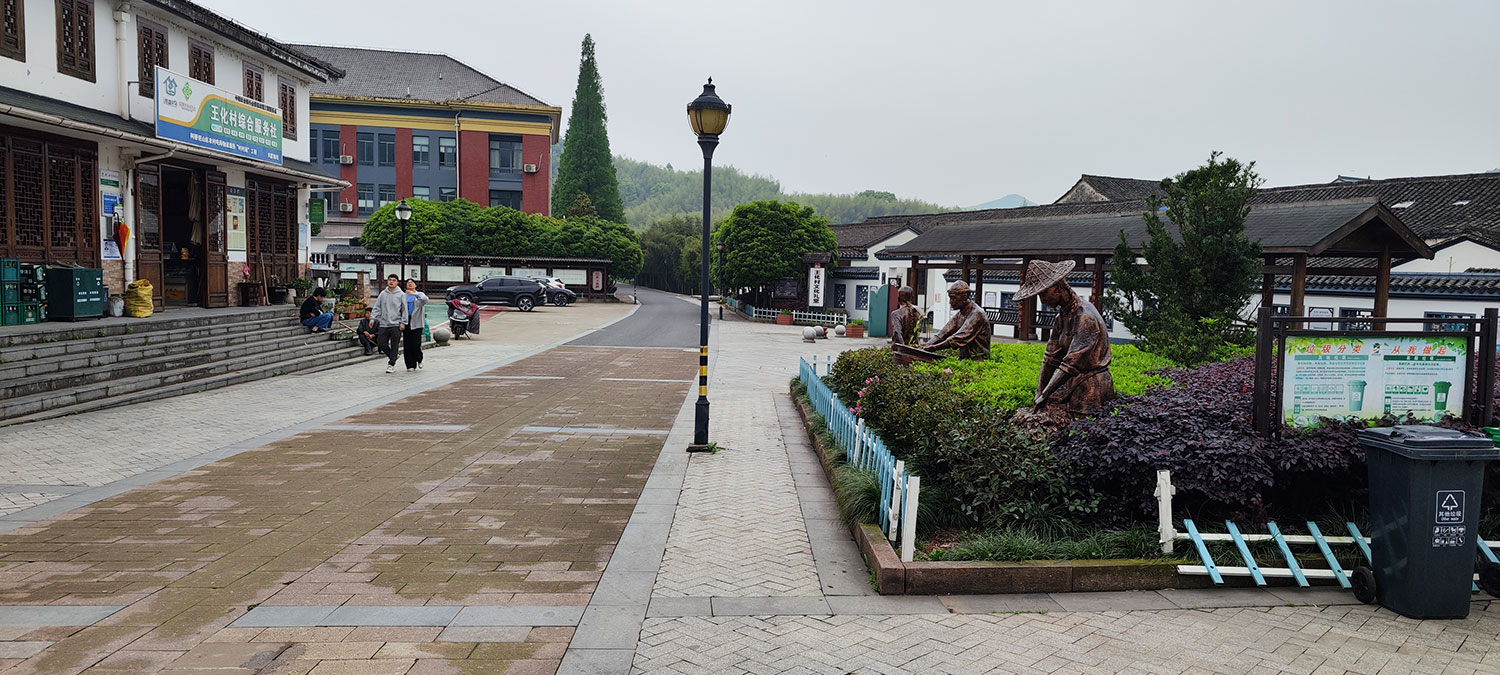
What the government hasn’t done in terms of luring tourists in, local companies are trying to do. We see a new hotel room under construction, and an ancient bridge and overhanging tree that has been turned into a popular photography place with Hanfu clothing. The service includes everything from the clothing itself to Photoshopping out any imperfections.
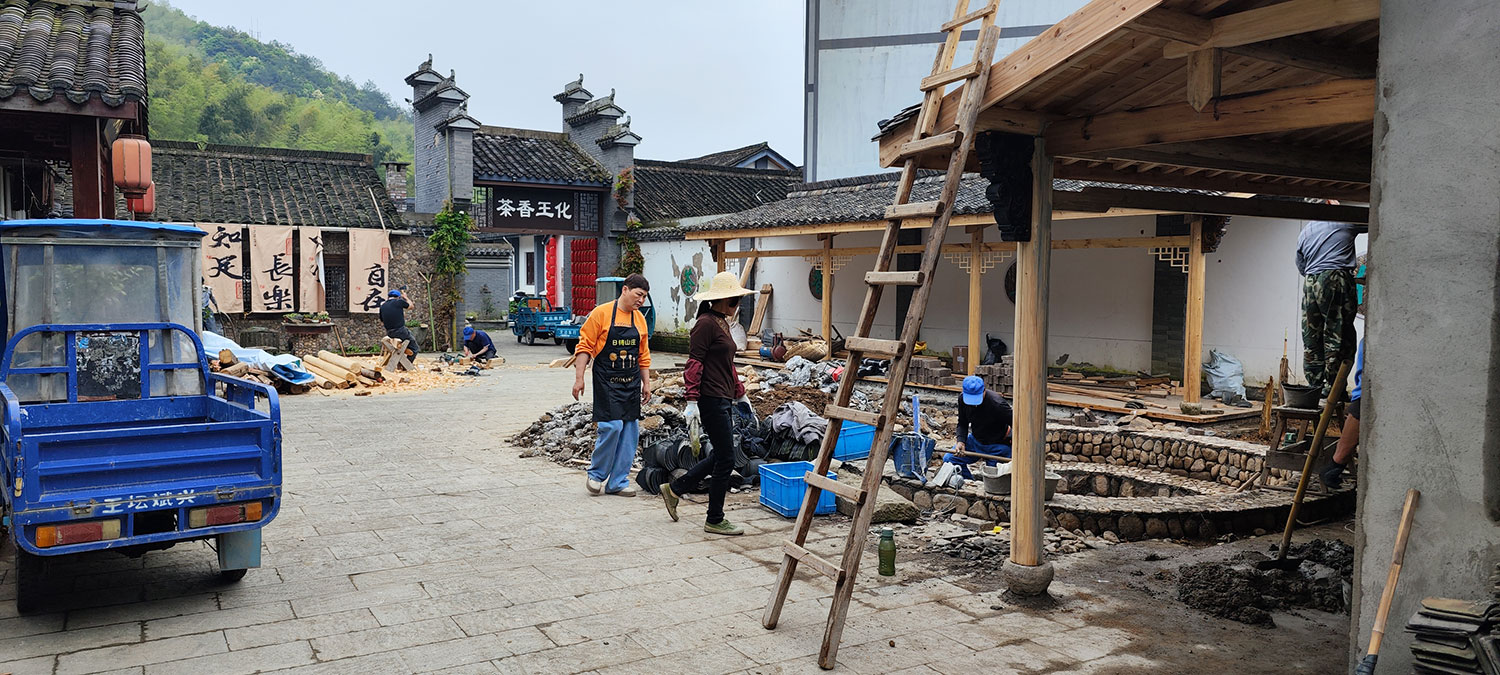

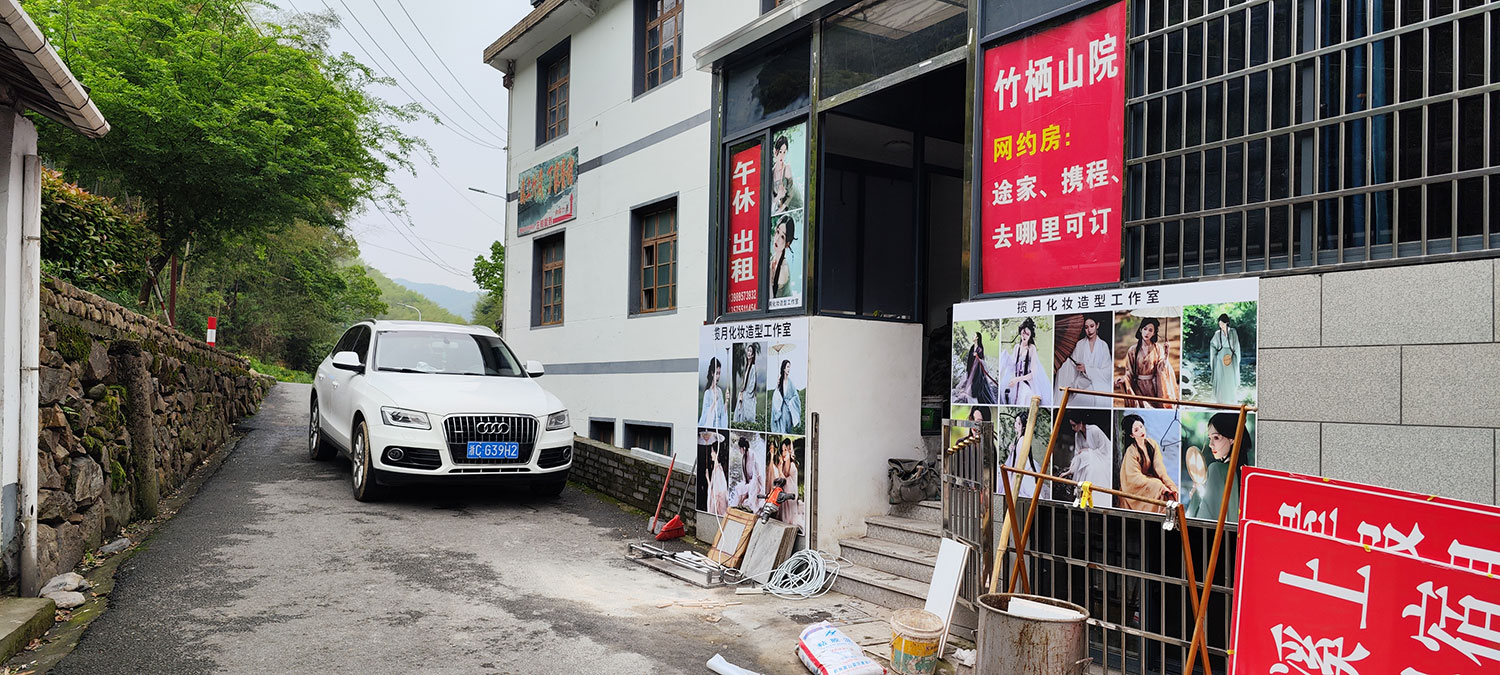
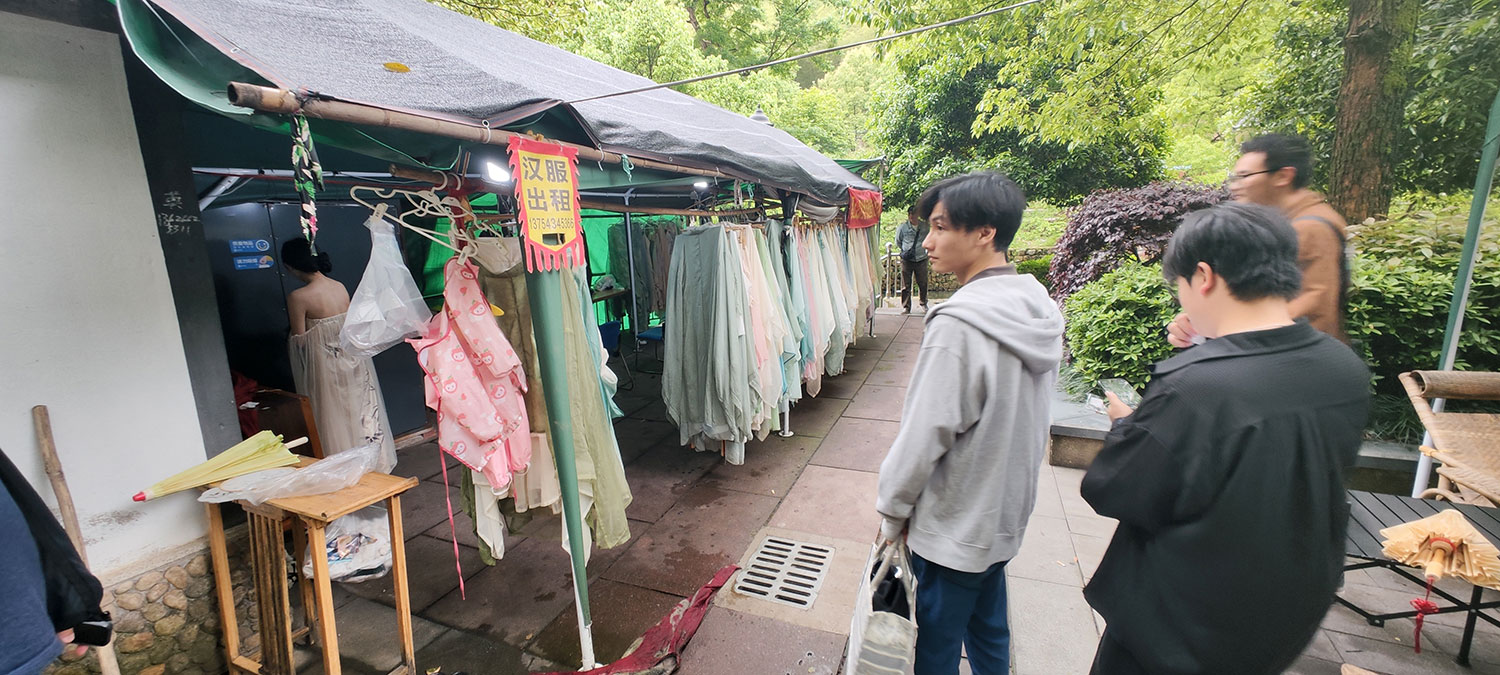
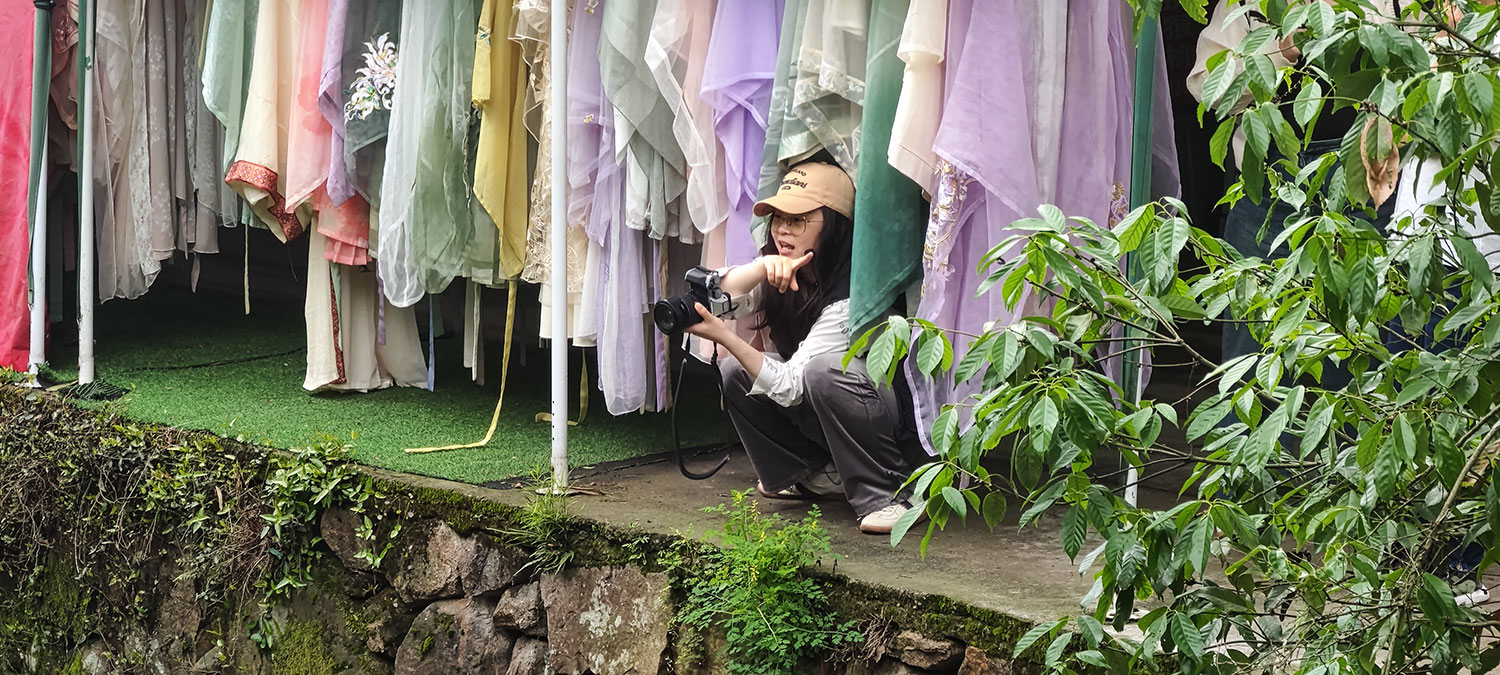


The research Harry does is for the northern provinces of the Netherlands, which just like villages in Jiangsu and Zhejiang have a hard time appealing to people to visit. My sister — who just ended her first China trip — lives there, and I’m thinking about her as I carefully step across differently-sized rocks. Harry’s goal is to find clues and answers in China that can help prevent depopulation and increase employment in the northern Netherlands.
The rest of the route seems like a carefully plotted mix of mini-adventures, the way game developers design worlds. All in the space of ten kilometers, we meet some old toothless men in a temple who offer us tea, and young people having a barbeque on a dry river bed, who invite us for beer and lamb kebab. We stumble upon a deserted temple, a reservoir with a flooded sign that forbids fishing, and a 100-year-old mansion. I ask the lady what it says on the wall: “Probably something from the Cultural Revolution, I cannot read it.” She shrugs her shoulders: “We didn’t live here then, it was from a landlord, but the government divided it and gave it to people.” Half my photos are out of focus because of the bugs.

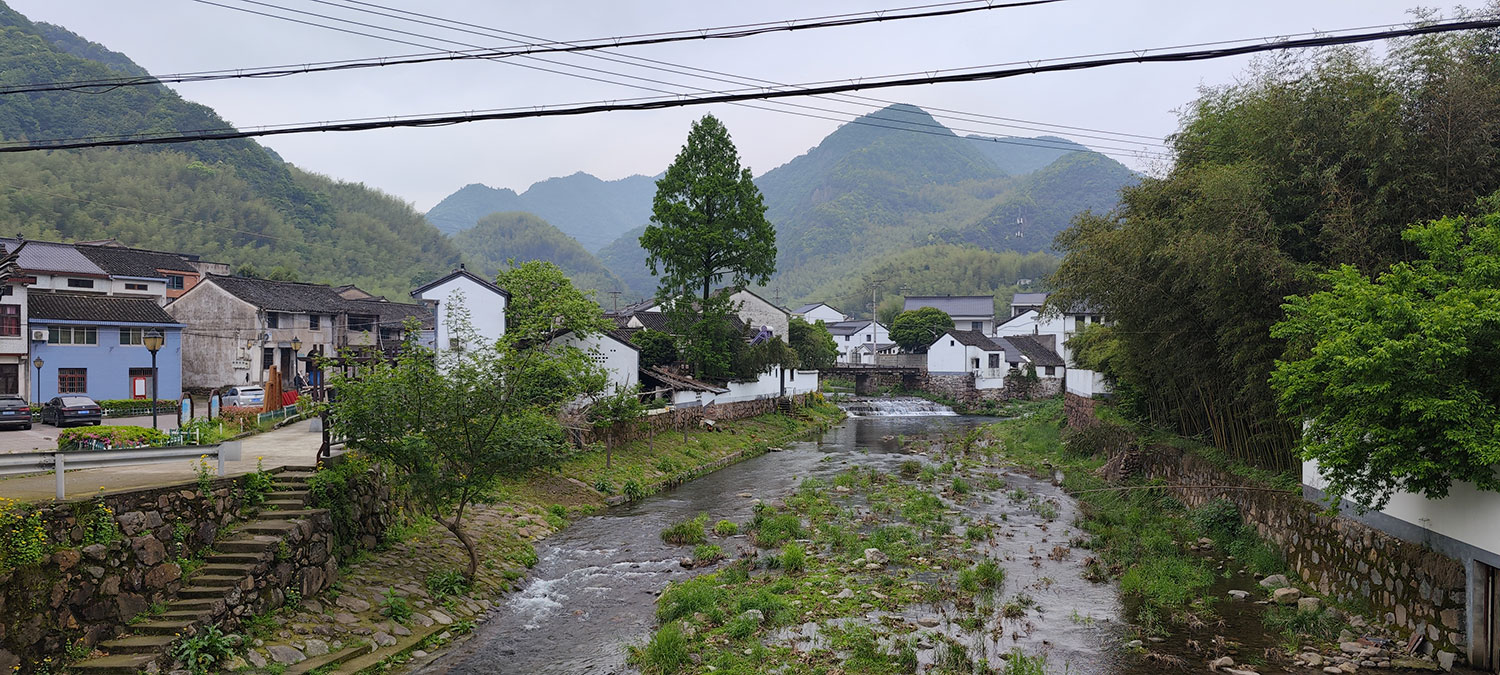
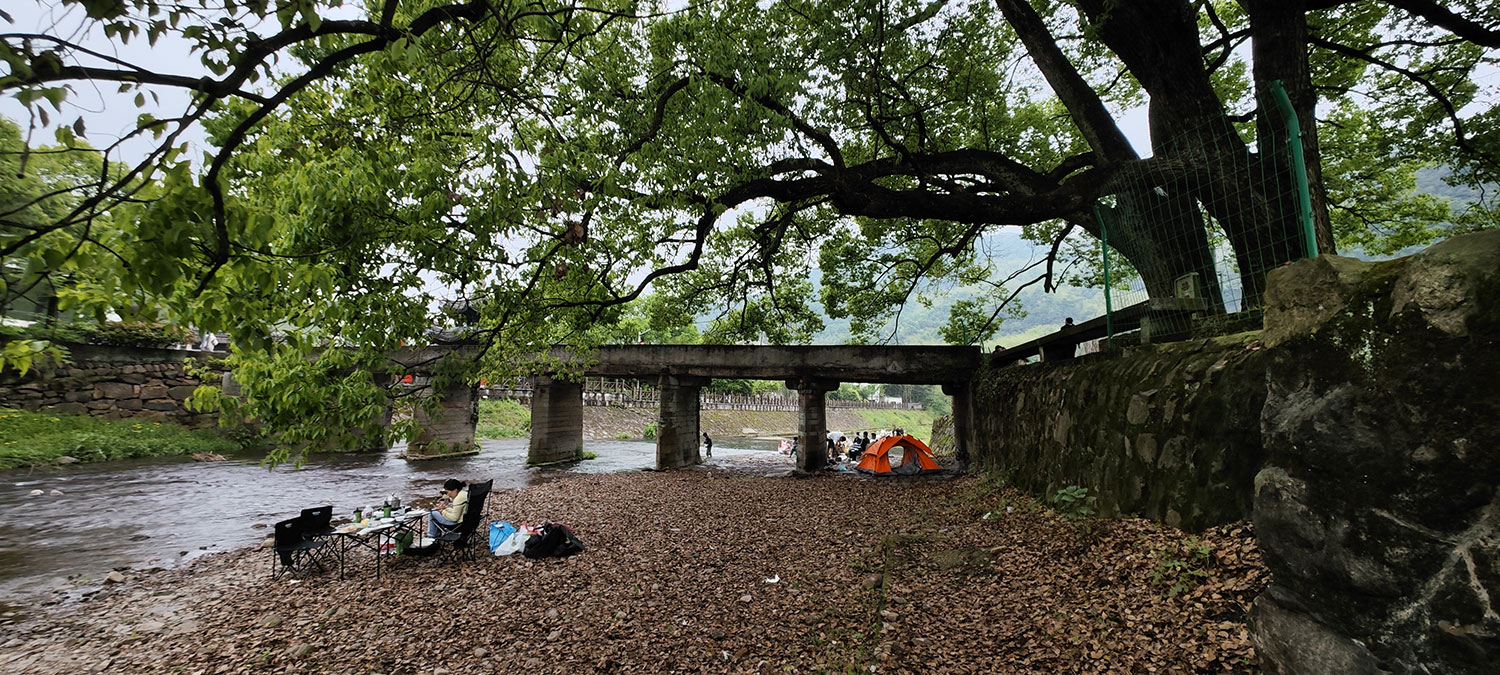
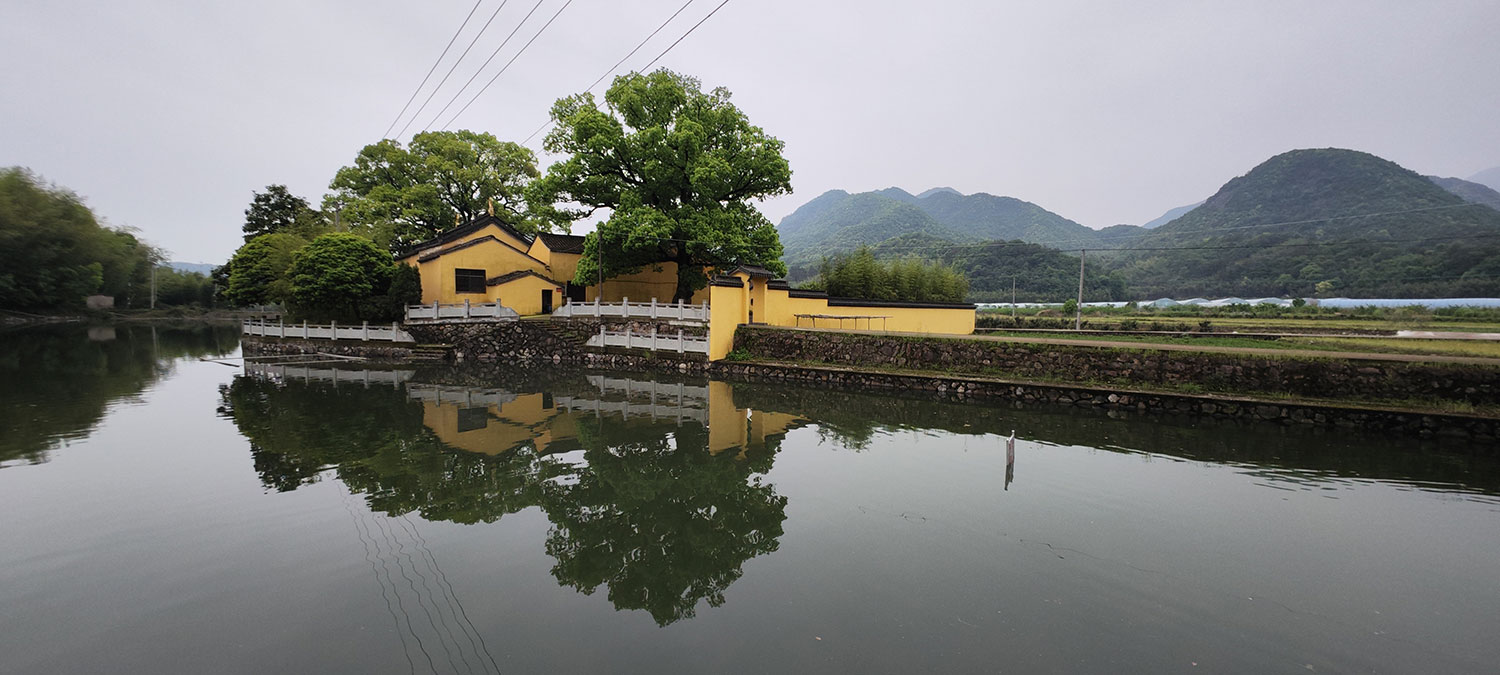
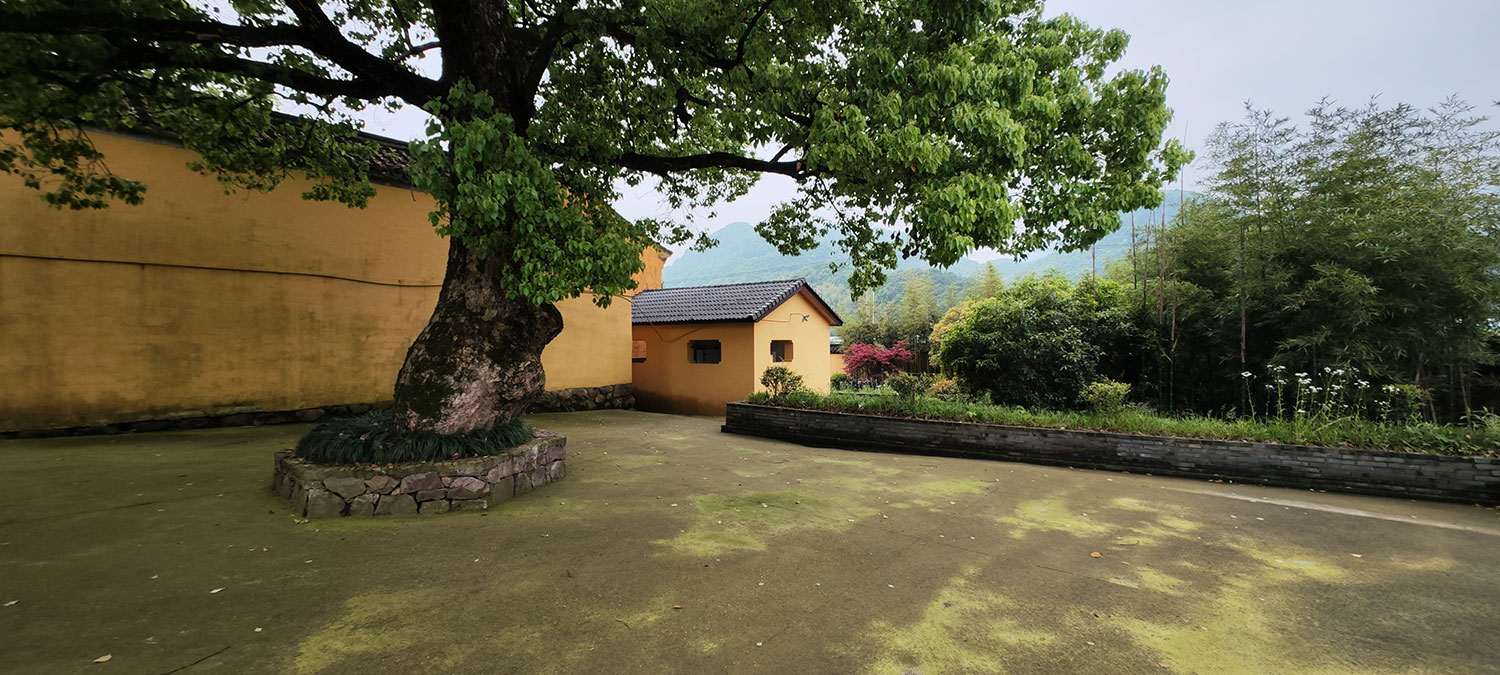
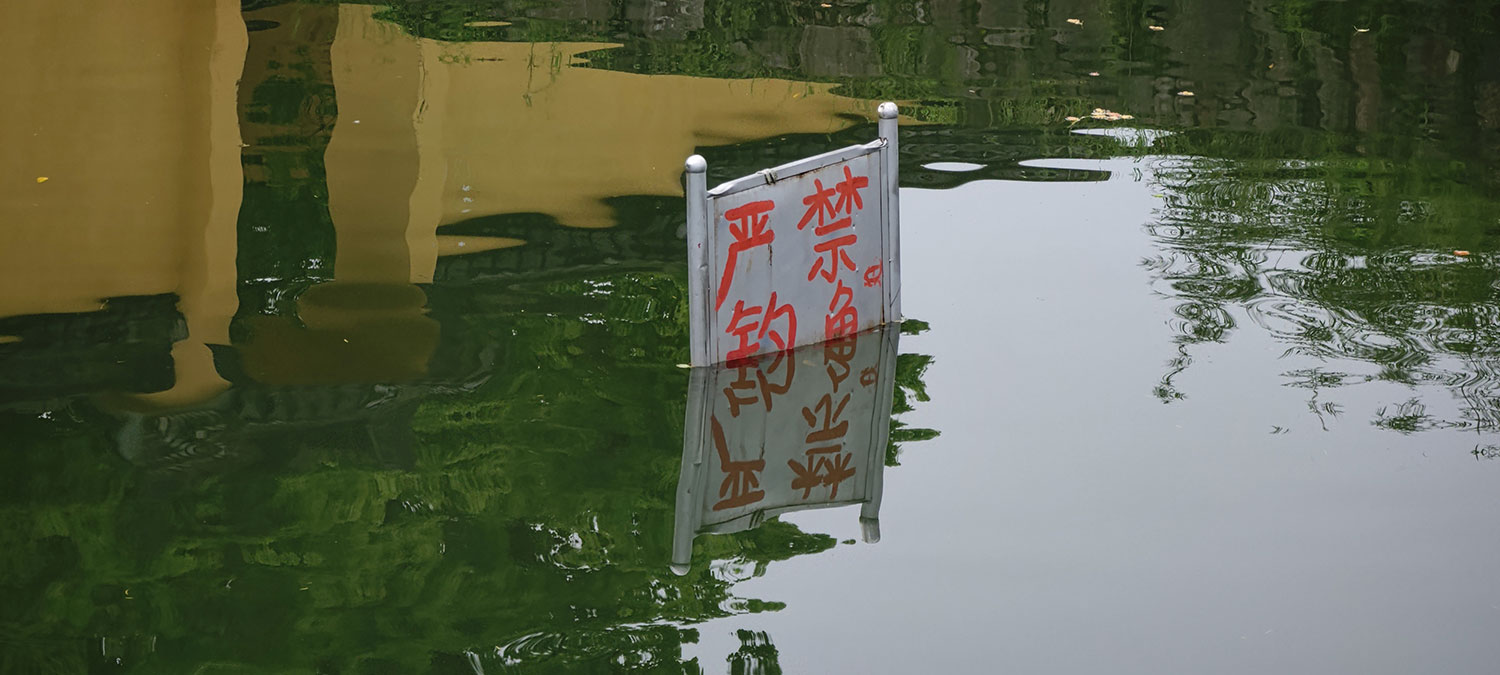

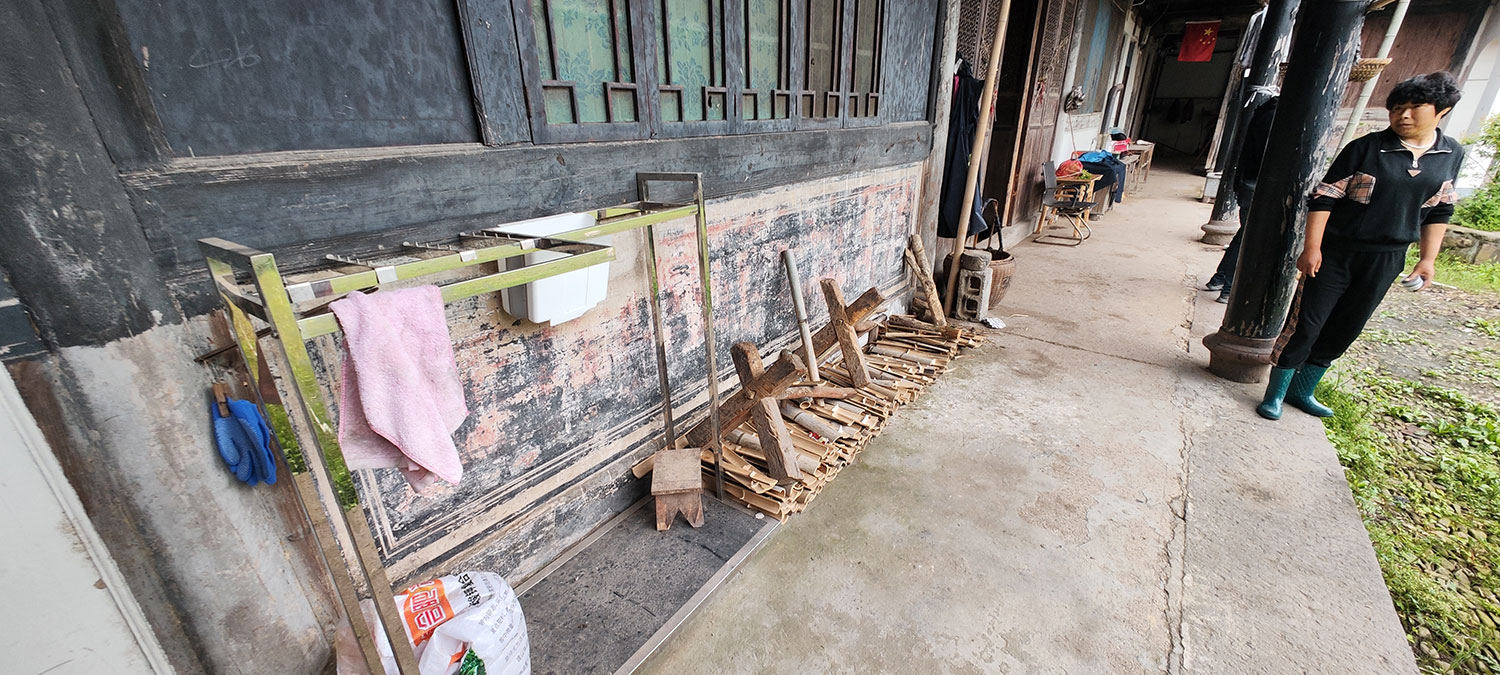
Xiaowei Wang once wrote about a Chinese farmer who felt the world was already perfect, and that in rural areas, people work to maintain that harmony — whereas urban areas are constantly trying to correct the course of the universe — as if it needs correcting. The future is a concept created by man. Creeks flow and seasons come and go, but that’s all there is. And I spent my life in China between these two, weekdays in the big city, weekends outside, if I can.
We catch a bus to Shaoxing, because despite efforts, it’s still too much in-the-middle-of-nowhere to grab a taxi. On the way back, I’m hoping these rural initiatives will succeed — but I also feel the irony that while I’d love to live here, I will not because work is in the big city. At least we did visit.
